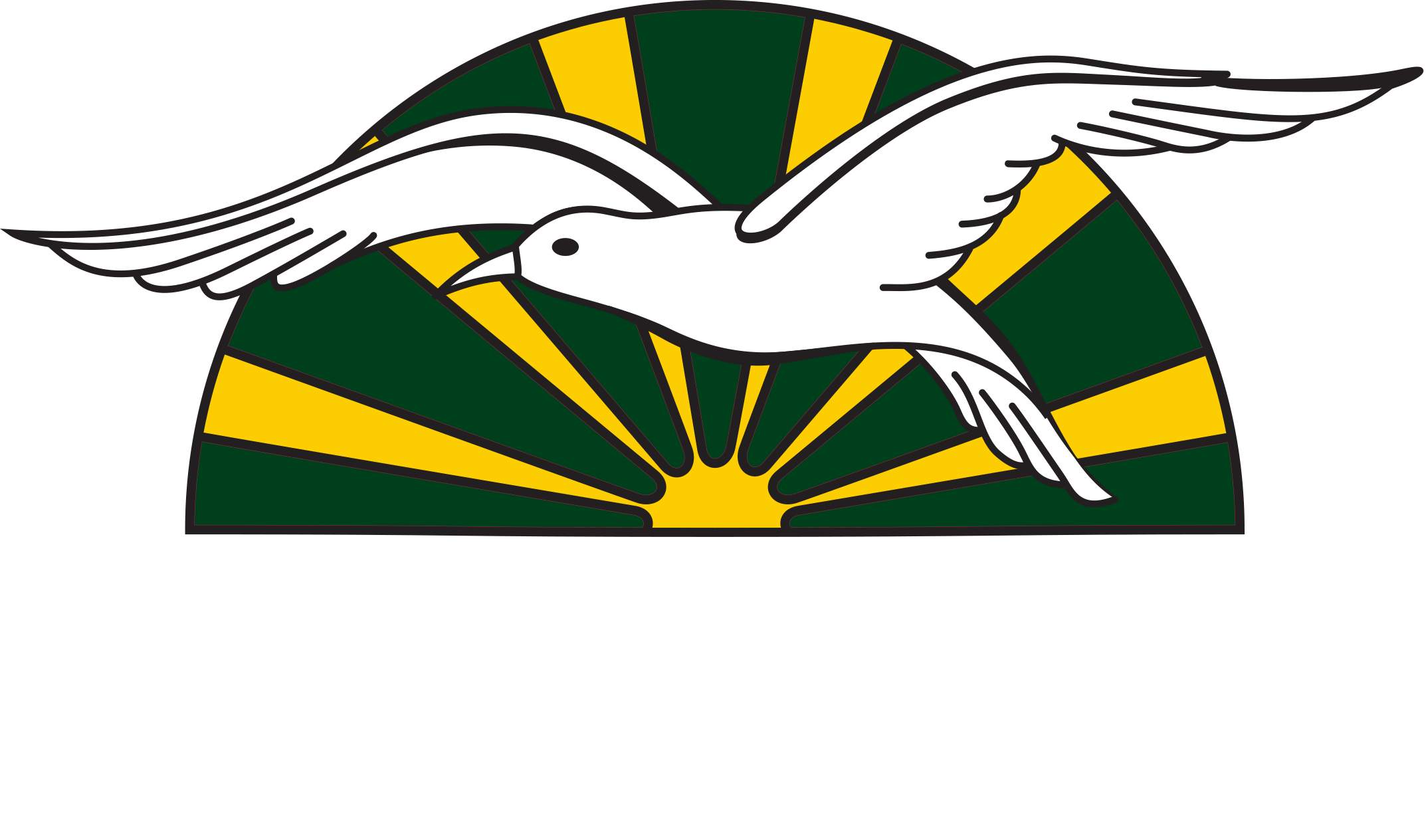On February 20 myself, Archie and Miss Matthews travelled to the Long View Emu Abattoir near Kerang. We were shown the slaughter process of emus and how meat and oil are taken from them and processed before market. It was very fascinating to observe.
Daniel, who had played a large role in designing the on farm abattoir, showed us through his facilities. We experienced biosecurity measures immediately as we had to put on gumboots, soak them in disinfectant and washing off any mud or dirt that might have stuck from outside. We were first shown the killing process and explained how the emus are completely calm the entire time up to slaughter and how they make sure that it is kept as humane as possible. They do not catch or handle the emus, but instead just walk them backwards into a vice where they are knocked out with a stun gun and killed within a 20 second time frame usually done within 6-10 secs to keep it ethical.
They are then bled and plucked of their feathers, keeping good condition feathers to be reused in a variety of accessories. Using ventilation and fans to create constant air flow keeping feathers from getting in meat as well as a thought-out layout going from dirty to clean in the abattoir areas. They are then skinned and gutted, reusing multiple organs for dog foods and special meals. The skin and every piece of fat available is placed in a mincer to be refined into oil as that is where a lot of the profit is made. The meat is made into several cuts and sold to different places – in particular indigenous people. No part of the emu is wasted – even the bones are put in the compost.
After we were done inside, we went out to see the emus themselves with Jeff (the owner). After 35 years, Jeff is considered an expert in the field of emus. He showed us where the eggs are incubated and hatched and told us about the process of how they breed the friendliest ones and only “breeders” are kept and the rest are for produce. We were also told how they raised them in order to keep them as comfortable and calm around humans as possible up to adults. During winter, it is a full time job, going out on buggies to collect the eggs. We went to see the baby emus and then the 18 month emus before heading home.
Cooper Kelly






